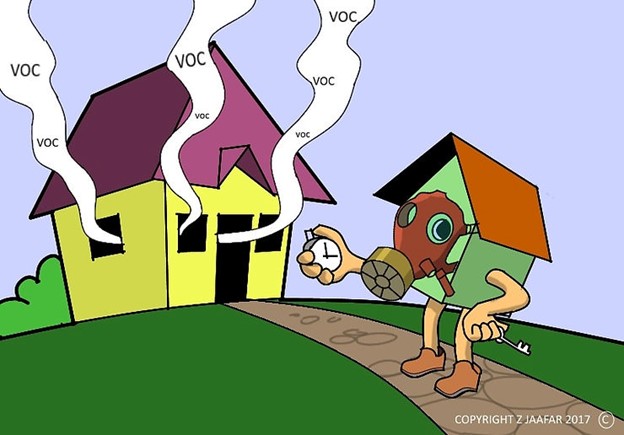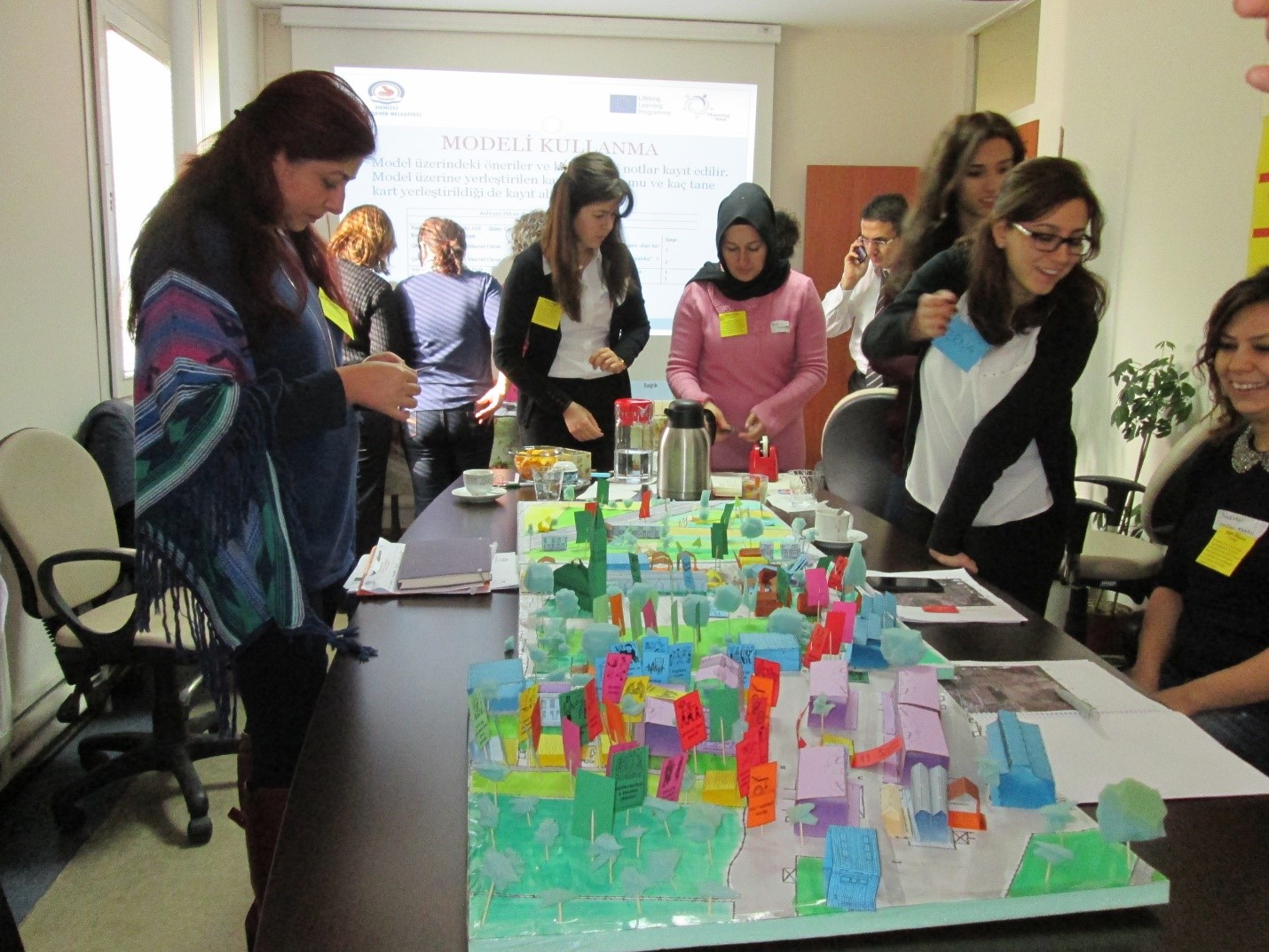Urbanisation has caused humans to be increasingly disconnected from living elements, with devastating effects on health and well-being, both for humans and remaining living environments. Children in cities have little or no access to ‘nature’. They cannot explore outdoors, resulting in the majority of their growing lives being spent indoors, in front of a TV or computer, which in turn results in overweight, sedentary children, physical health issues, and various psychological disorders.
Ensuring each citizen has access to the use of urban green space and fulfilling their social needs, particularly in a high-density urban area, has become highly important. In Vienna, each of its populations has been provided with 120 square metres of urban green space. For this reason, in 2016, Vienna was voted as the most liveable city in the world. Singapore, considered the third densest city globally, providing each of its population with 66 square metres of urban green space. However, in Kuala Lumpur, the provision of urban green space per person has declined from 13 square meters in 2010 to 8.5 square meters in 2014.
Excessive impervious surfaces in the streets, parking lots and buildings, and insufficient green areas to absorb the stormwater have partly caused flash floods to become common in densely populated urban areas in Malaysia. Partly due to the urban heat island effects and unwalkable streets, Malaysians are reported to be physically inactive. A massive study of about 717,000 people in 111 countries by Stanford University in 2017 concludes that Malaysians are the third laziest people on the planet. Unsurprisingly, according to The Lancet journal, Malaysia is the most obese country in Asia. A newly released Healthiest Workplace survey by AIA Vitality found that 51% of Malaysian employees have at least one dimension of work-related stress.
Obviously urban areas in Malaysia are in dire need of higher provision of green space. The increasing urbanisation rate will lead to more people desperately searching for nature whether at home, at work or during recreation, to feel fresh, productive and healthy. The human-oriented planning and design of the built environment, which includes the provision of walkable space, community space, and green space with environmental-friendly considerations, are fundamentally related to people’s physical and spiritual well-being. The vital benefits of connection to nature urge us to not only conserve and restore the natural elements that already exist but insert new forms of nature for the current and future generations.

Figure 1: Humans need daily contact with nature, be it indoor or outdoor, for health and mental well-being
(Source: twenty20photos)
 |
Assoc Prof. Dr. Zalina Shari
Department of Architecture,
Faculty of Design and Architecture,
Universiti Putra Malaysia
|
Date of Input: 13/09/2021 | Updated: 13/09/2021 | arizy
MEDIA SHARING






























